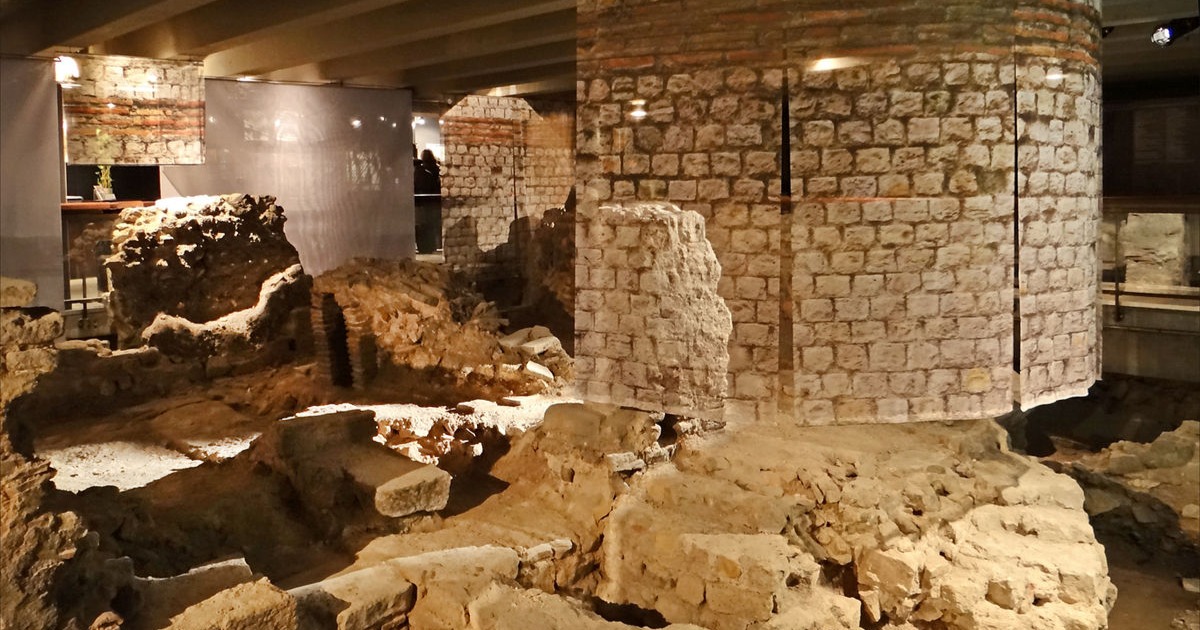The “Archaeological Crypt” of Notre Dame in Paris is helping the iconic cathedral rise from the ashes, following 2019’s devastating blaze. This epic space covers approx 19,000 square feet. Located below the courtyard, it’s Europe’s largest crypt and a hidden part of Notre-Dame’s history.
An exhibition celebrating two defining figures associated with France’s capital is being staged there, featuring vintage drawings and photographs together with video material. The display is seen as the perfect way to bridge past and future, while the “City of Lights” awaits a fully-fledged comeback for the Catholic place of worship.
The pandemic set the exhibition back by a year. Speaking to Elaine Sciolino for Smithsonian Magazine, chief curator Sylvie Robin calls the opening “a very moving moment of renewal and hope”.
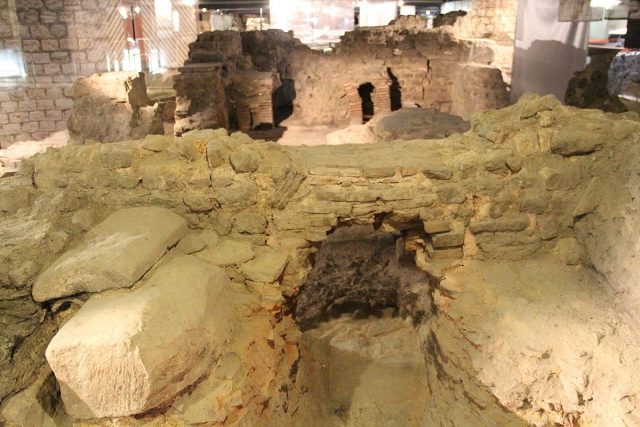
With connections to Île de la Cité, a historic river island in the city centre, the crypt “includes archaeological discoveries made during excavations between 1965 and 1970”. These were carried out in order to “prepare for the construction of a parking lot on the open plaza in front of the cathedral’s main entrance” writes the Magazine.
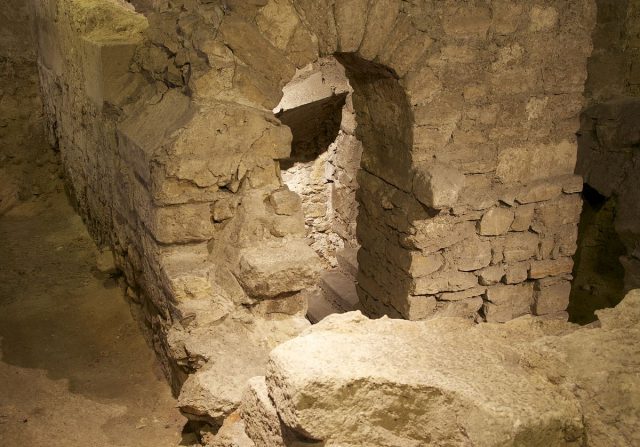
Ironically cars aren’t allowed too near the area, owing to fears over pollution. Not that Paris has exactly been bustling these days. Above ground, damage inflicted on the medieval structure is plain to see. Science wrote in March that the fire, thought to have been caused by an electrical fault, “swept through its attic, melted its roof, and sent its spire plunging like an arrow into the heart of the sacred space.”
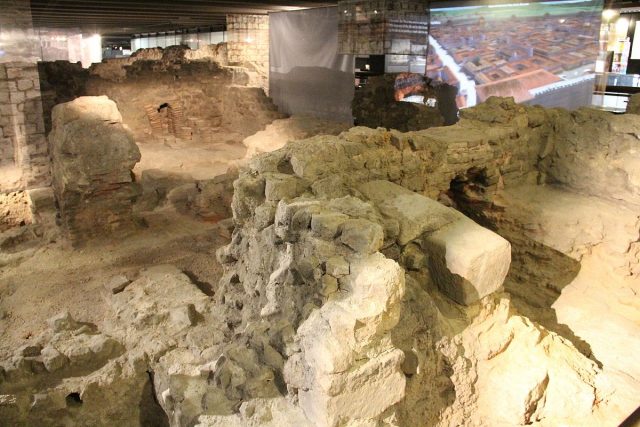
The man who designed that spire was architect Eugène Viollet-le-Duc. It’s he who is paid tribute to in the exhibition, alongside Victor Hugo – the author who captured the public’s imagination with ‘The Hunchback of Notre-Dame’.
Hugo penned his tale of Gothic intrigue in 1831. He wanted the French to love their ornate architecture again, following the violence of the Revolution. Eugène Viollet-le-Duc’s spire is another 19th century development. Viollet-le-Duc and colleague Jean-Baptiste Lassus were assigned to restore Notre-Dame in 1845.
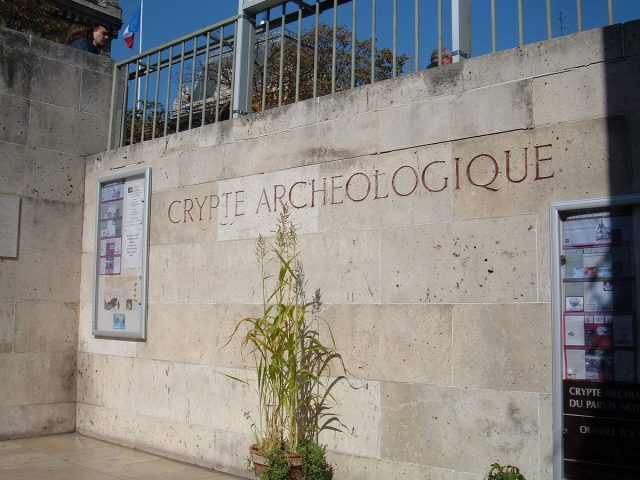
Because the spire was made with lead, it became a nightmare once the cathedral was ablaze. Clouds of toxic dust were produced, winding up in the crypt. And that wasn’t the only unpleasantness. Robin tells Smithsonian Magazine, “Molds and micro-organisms spread, because we had to turn off the ventilation system.” A painstaking clean up operation ensued.
The tragedy didn’t take authorities completely by surprise. Science wrote, “Following a protocol developed for just such a disaster, firefighters knew which works of art to rescue and in which order.” Putting a fire out in a medieval masterpiece is rather different to a typical household inferno. “They knew to keep the water pressure low” added Science, “and to avoid spraying stained glass windows so the cold water wouldn’t shatter the hot glass.”
Notre-Dame’s beginnings were in 1163. The new attraction takes visitors deep into Paris’s history… quite literally. “What is left of ramparts and thermal baths can be seen in the middle of the space” writes Associated Press. “The exhibition… surrounds the old stones.”
Sciolino adds via Smithsonian Magazine that “the remains of a docking port of the ancient Gallo-Roman city of Lutetia” were found there. Lutetia went on to become Paris. Also mentioned are “parts of a medieval road” and, on a less magical note, “traces of the 19th-century sewage system”.
Related Article: The Grotesque Stories Behind the Famous Gargoyles of Notre Dame Cathedral
The exhibition runs till the end of 2022. Notre-Dame should be standing proud again by 2024, when Paris hosts the Olympic Games. Reports state the intention is to honor the cathedral’s past to the letter. Safety concerns are no doubt a high priority, but the landmark’s Gothic identity is being immaculately recreated. The bells that drove Quasimodo to distraction will toll once again…
Steve is a writer and comedian from the UK. He’s a contributor to both The Vintage News and The Hollywood News and has created content for many other websites. His short fiction has been published by Obverse Books.
